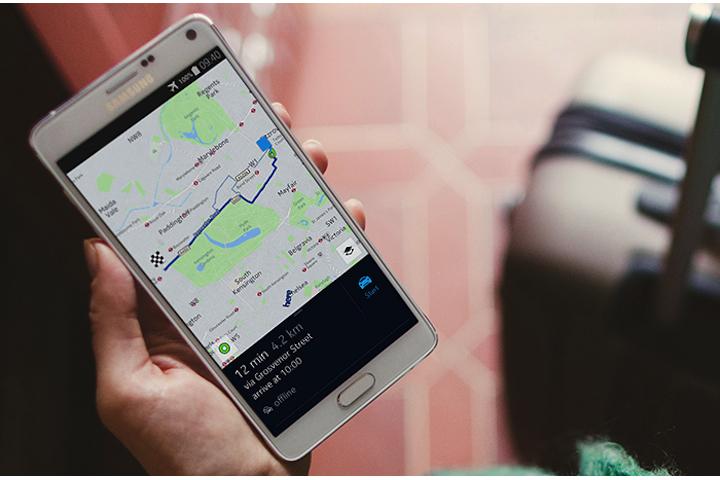
The sale comes ahead of schedule (it was due to close in 2016), with the agreement clearing regulatory measures in the U.S., Europe, and Asia faster than expected, reports TechCrunch. Audi, BMW, and Daimler will hold an equal share in the business, according to a joint statement.
Nokia added that the deal marks the latest stage in its transformation ahead of its planned combination with mobile networking firm Alcatel Lucent in the first quarter of 2016.
Updated on 08-03-2015 by Kyle Wiggers: Added news of Here’s acquisition.
It’s official: Nokia has sold its Here mapping division to a consortium of German automakers. Daimler, BMW, and Audi will jointly pay €2.8 billion, or a bit over $3 billion, for separate but equal stakes in the business. Barring any regulatory kerfuffles, the deal’s expected to close in the first quarter of 2016.
None of the carmakers intend to seek a majority interest. As has been previously reported, they’ll instead keep the platform open and invite other auto manufacturers to invest in Here’s tech. “High-precision digital maps are a crucial component of the mobility of the future,” said Chairman of Daimler Dieter Zetsche. “With the join acquisition of Here, we want to secure the independence of this central service for all vehicle manufacturers, supplies and customers in other industries.”
Nokia, for its part, will use the acquisition’s proceeds to pursue a €15.6 billion (US$16.6 billion) merger with telecommunications company Alcatel-Lucent.
Previous rumors of Here’s acquisition follow below.
The reliability of autonomous vehicles partly depends on an abundance of road data. It’s no wonder, then, that the interest in mapping tech has skyrocketed among companies with self-driving car projects. Case in point: the Wall Street Journal reports that a group of German auto makers — Audi, Daimler, and BMW — have agreed to pay around $2.7 billion for Nokia’s Here digital maps.
The deal, which is significantly less than the $8.1 billion Nokia paid in its acquisition of the tech from Navteq, could be finalized “in the next few days,” a person familiar with the matter told the Wall Street Journal. The most recent negotiations were motivated by the fear that a Silicon Valley company with a foothold in mapping (i.e., Google or Apple) would snatch up Nokia’s Here, which has been described as “the most advanced digital mapping service in the world.”
The consortium of auto makers managed to beat out ride-hailing service Uber, which is researching self-driving cars of its own and had planned to acquire Here in partnership with Chinese search company Baidu. Uber instead bought the team and backend behind Microsoft’s Bing Maps in June.
A sticking point over the value of Here’s intellectual property may delay a deal. Should it go through, though, the endgame is a comprehensive database of driving conditions. Here is developing “collaborative systems” that would allow cars to upload data — weather, traffic flow, and hazards — to a communal cloud shared among drivers in real time. Audi, Daimler, and BMW plan to invite other car companies to invest in the network.
Automotive companies also see potential for new revenue in self-driving and connected car services, which analysts say could become a $50 billion market. Mapping systems built into cars could show sponsored retailers and restaurants nearby, for instance, or could integrate hotel booking services.
Reuters reports that an overall agreement could be announced by the end of the month.
Editors' Recommendations
- Here’s why BMW’s go-fast M division hasn’t released an electric car yet
- Volkswagen is willing to share its electric car tech with BMW and others
- Horsepower, tech, or cubic feet? Have all three in the BMW 8 Series Gran Coupe


